 Welcome to the first post in my new series for beginning writers, Writing 101! In this series we’ll cover all the basics you need to know to get started with your first story, such as character, plot, and setting. Today, we’re kicking things off by looking at story itself. So without further ado, let’s hop to it!
Welcome to the first post in my new series for beginning writers, Writing 101! In this series we’ll cover all the basics you need to know to get started with your first story, such as character, plot, and setting. Today, we’re kicking things off by looking at story itself. So without further ado, let’s hop to it!
Why do We Read?
Before we can write a story, we must first understand how story works. And before we can understand that, we must understand why we read. You might think the answer is obvious. We read for fun, for entertainment, to lose ourselves in a good book. While that may all be true, there’s more behind why we’re so drawn to stories. Actually, there’s even scientific proof to back it up. In her book Wired for Story, Lisa Cron explains, “Recent breakthroughs in neuroscience reveal that our brain is hardwired to respond to story.”
Think about that. The desire for story is written in our DNA. Even people who don’t like to read can’t resist a good story. There’s a reason why speakers and businessmen use stories in their speeches and product pitches–human beings respond better to story. It’s how we’re designed.
For example, I can tell you that human trafficking is a $32 billion dollar a year industry, that there are 30 million people trapped in modern-day slavery right now, and 80% of them are women and children. These facts might shock you, but the shock will fade and you’ll soon forget.
But what if I told you the story Mealea, a 13-year-old Cambodian girl whose mother sold her to a brothel to pay her family’s debts so they could survive? What if I told you about her fear and pain, how her captors made her feel worthless and beat her when she tried to escape? What if I told you how she still dreams of going to school, but the pimps cheat her out of her earnings so she can never be free?
Her story would stick with you while those statistics slipped away. We connect with people in a way we can’t connect with facts and figures. Even now, you’re probably wondering in the back of your mind what happens to Mealea, and if she manages to escape. To share a story is to share an experience. Through story, we’re able to connect emotionally with another person, whether they’re real or fictional.
But there’s another reason why we’re hardwired for story. It’s through story that we learn about the world around us, how we should act, and how to survive. We learn what to do and what not to do from the experiences of others–whether real or fictional. Since the beginning of time cultures have passed down tales designed to teach future generations important lessons. Think of Grimm’s fairy tales, Aesop’s fables, or Jesus’ parables.
Cognitive scientist Steven Pinker explained, “Fictional narratives supply us with a mental catalog of the fatal conundrums we might face someday and the outcomes of strategies we could deploy in them. What are the options if I were to suspect that my uncle killed my father, took his position, and married my mother?”
There’s a reason why survival stories are so popular–think Robinson Crusoe, The Lovely Bones, The Hunger Games, and The Walking Dead. We like to put ourselves in the character’s place and ask if we would be able to survive in their situation. What would we do in a zombie apocalypse? What would we do if we were kidnapped? What would we do if we were stranded on a deserted island? How would we survive? These stories answer that question, and often without us realizing it our brain is taking note on how to survive these situations.
But survival doesn’t have to be physical. Story also teaches us how to survive socially–how to get the guy, deal with manipulative co-workers, get through our first day of school, make up with an angry friend, etc. Think of Pride and Prejudice, or Jane Eyre. We learn so well through story because we’re designed to think in story. We remember stories, while we tend to forget facts, statistics, or sermons. Our brains soak up stories like a sponge.
So to sum things up, there are 3 main reasons why we crave story:
- To connect emotionally to another person and share their experience (whether they’re real or fictional).
- To learn about the world around us from the experiences of others to learn how to survive (whether physically or socially).
- For entertainment and escape.
What is a Story?
Writing a story is a completely different experience from reading a story. That’s because we’re so used to the masterful, seemingly effortless skill with which authors weave words that we don’t realize how they do it. We’re too busy becoming emotionally engrossed with the hero, sharing her experiences and emotions, to take notice.
In Wired for Story, Lisa Cron points out, “It’s no surprise that we tend to be utterly oblivious to the fact that beneath every captivating story, there is an intricate mesh of interconnected elements holding it together, allowing it to build with seemingly effortless precision.”
Most new writers don’t realize that there is a structure to stories. Heck, just the word “structure” seems to send most writers scurrying (it’s really not that scary, I promise!). But in order to become a good writer, you must be able to dismantle a story like you might a clock. You must learn all of its parts, what they do, and how they work together to make the clock tick.
So, what makes a story a story?
A story is about someone (hero) who wants something (goal), sets out on a journey to attain it (plot), and grows or learns something along the way (change).
It doesn’t matter how many explosions, sword fights, or rabid vampires you have. Without this structure, you have nothing more than a pile of random events that won’t work as a complete story, no matter how exciting they may be.
So, remember:
Hero + Goal + Plot + Change = Story
Why do you read? What do you think makes a good story? Let me know in the comments below!
Ready for Part 2 in the series? Click here!










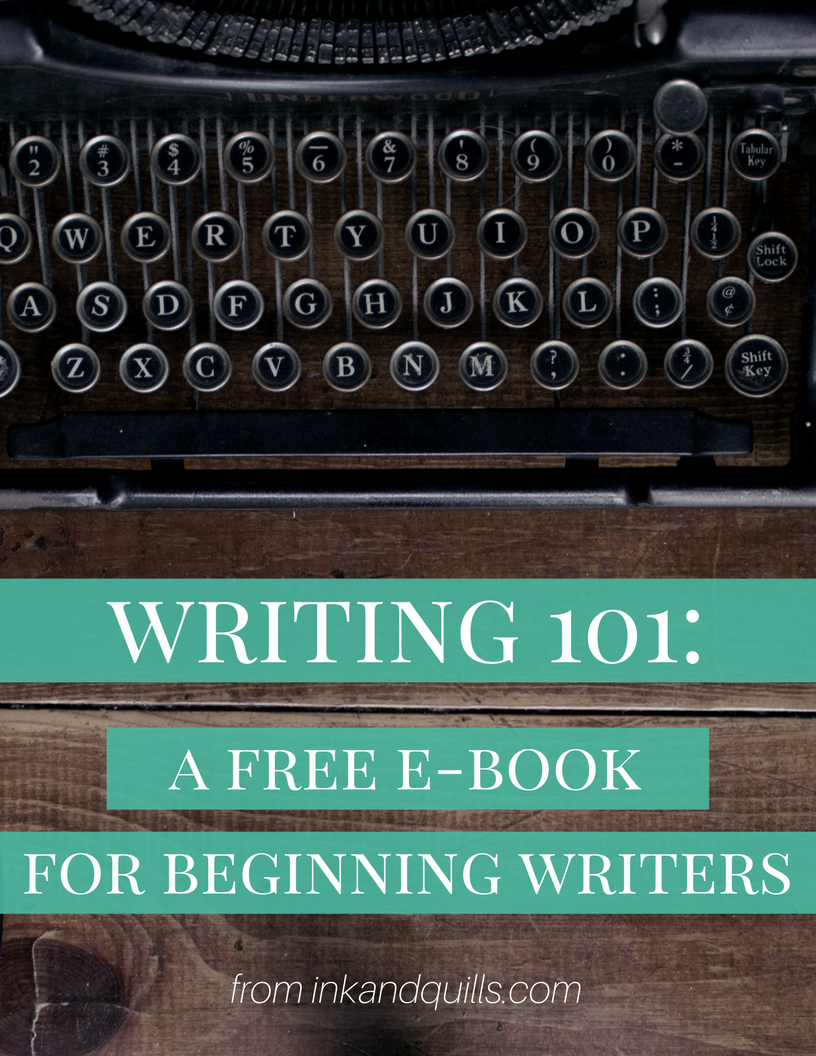

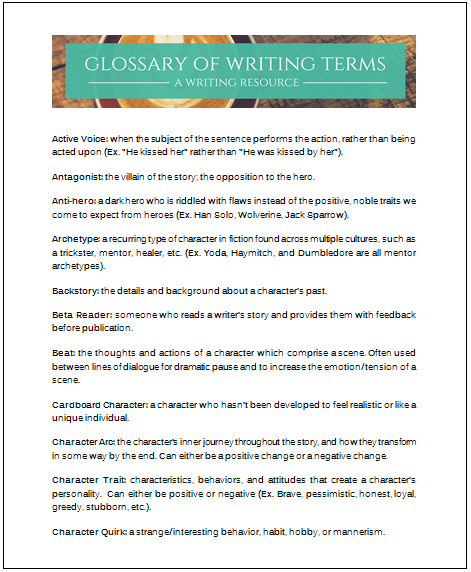

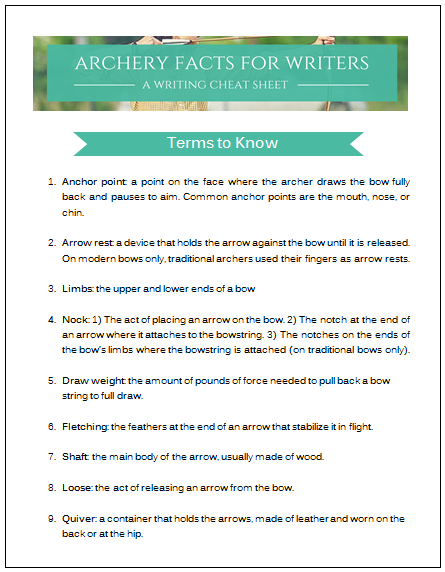



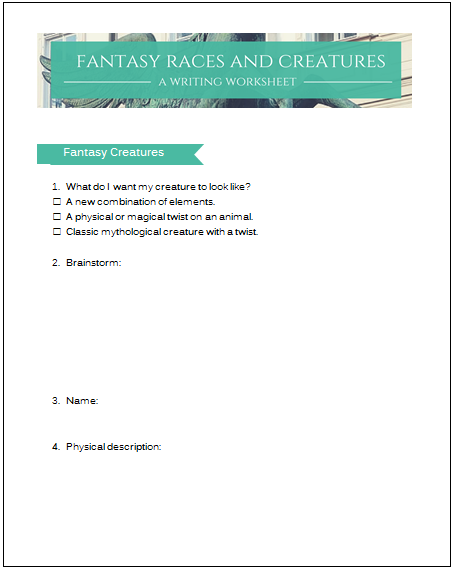


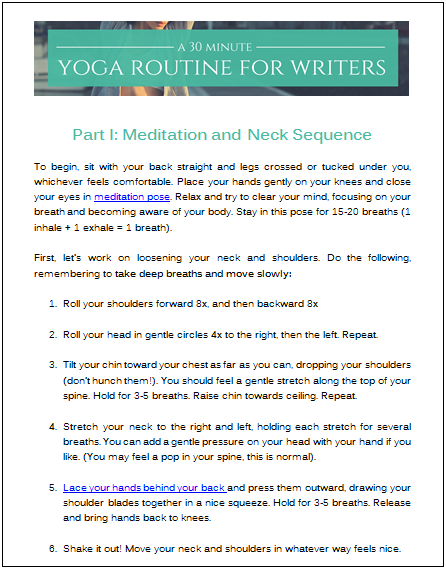
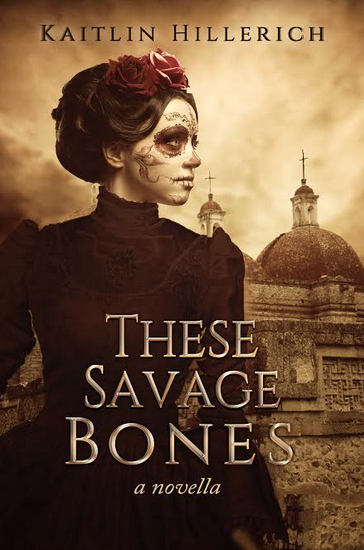
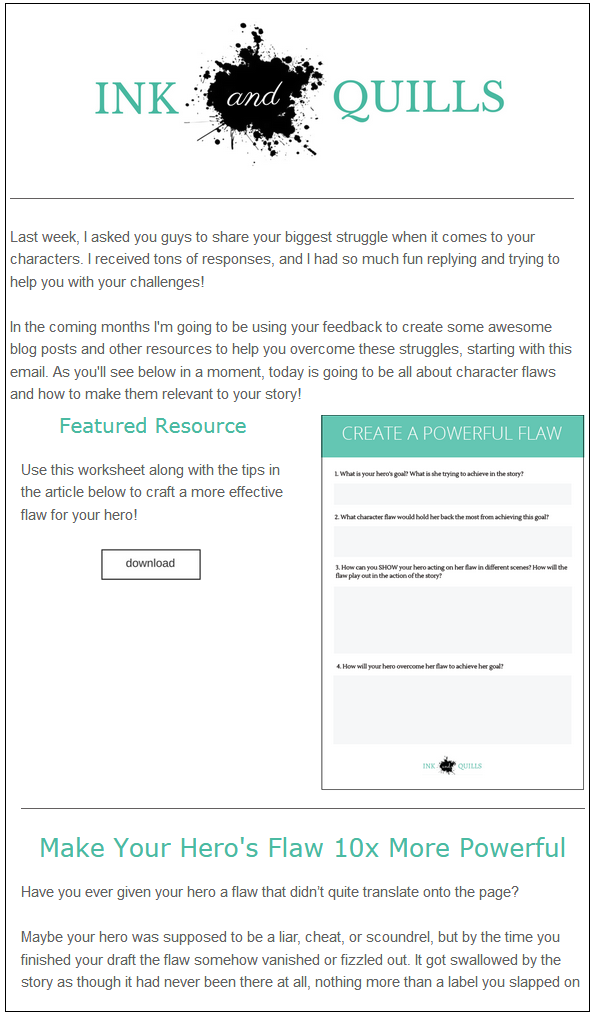
Oh my goodness, Kaitlin. I love your posts so much! Even as a fairly experienced writer, this post was so informative and enlightening. I loved thinking about all the different ways stories are used to make a human connection. Our own novels are certainly no exception!
So keep up the amazing work, lady. You’re killing it! 🙂
Aww thank you, Kristen! It really is fascinating how story works and effects us if you think about it. And understanding that can really help you craft a powerful novel! You have to know how to manipulate reader’s emotions 😉 haha. And P.S. You’re new website is fabulous! I don’t see how you do it all, you’re such a beast!
This was a great post, Kaitlin! I need to do a round-up on writing posts soon; I’d love to include this! 🙂 “Hero + Goal + Plot + Change = Story” is a great Tweet, too. Thanks again for the great info in this post!
Thanks so much, Jenn! And I would be honored if you would include this post in w writing round-up 😀 Thanks for reading!
On Twitter recently I saw an agent asking for YA thrillers, and another writer responded saying that there seems to be a spike in agent interest for YA thrillers. The agent replied that thrillers are becoming more relevant and appealing in our increasingly scary world. I think both the publishing industry professionals and readers are looking for such stories because of the reasons you’ve listed for craving story: we want to connect with stories of other people going through similarly frightening times, and we want to see how they deal with those times and overcome those struggles, so we can lose ourselves for a time in their efforts and, likely, so we can feel more capable when it comes to our own, real-world struggles. We read to expand our world. We read to not feel so alone. A story must fulfill these needs in order for readers to stick with it.
–Sam Taylor, AYAP Team